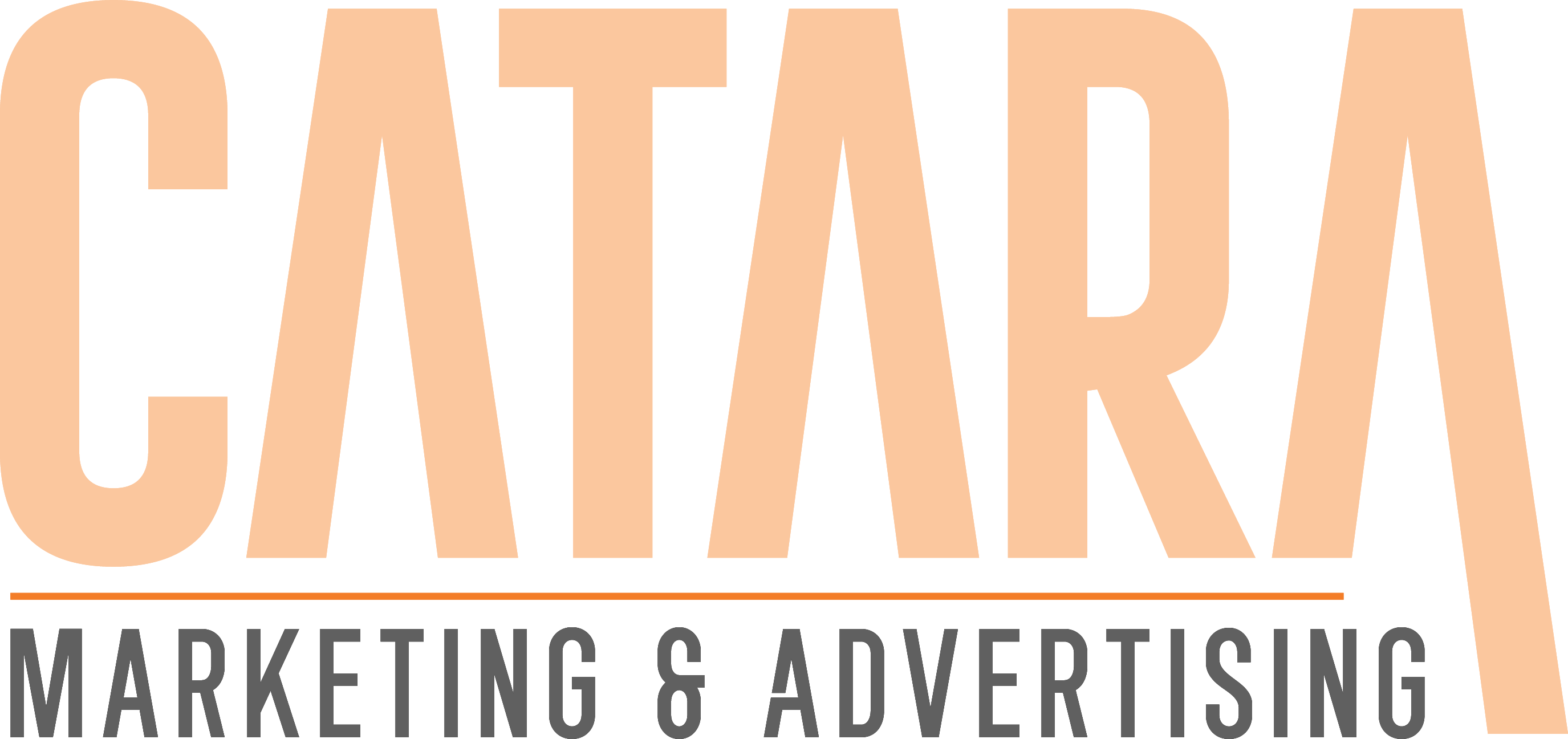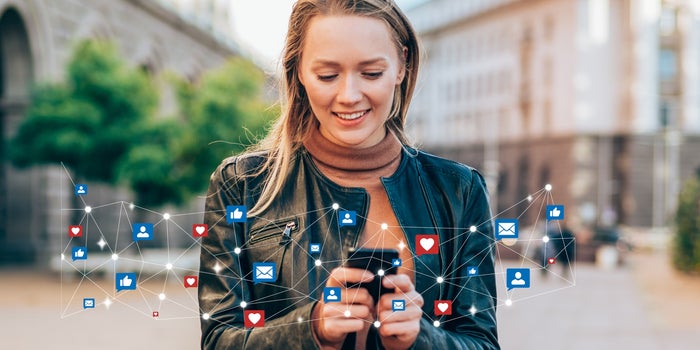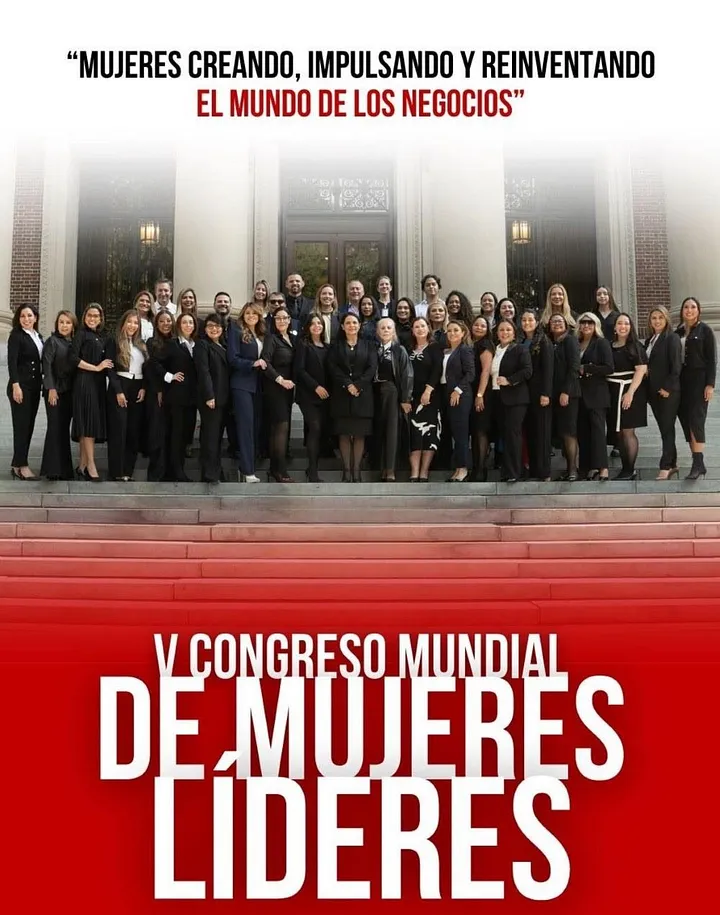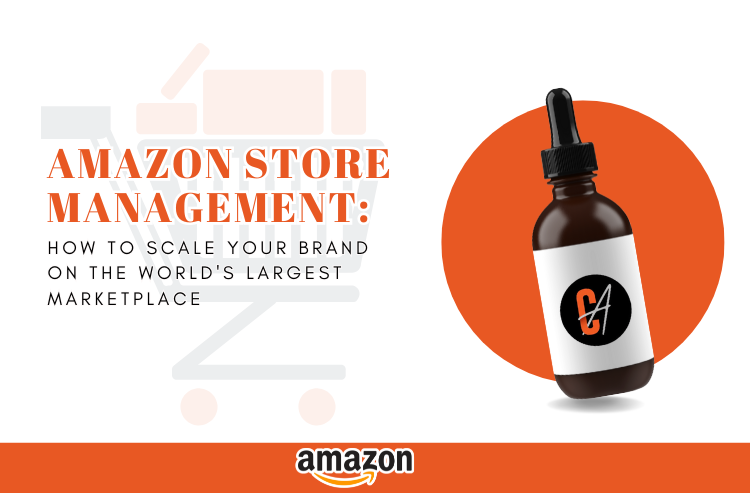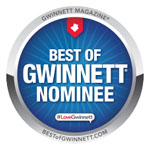Opinions expressed by Entrepreneur contributors are their own.
This article was written by Kay VanAntwerpen, a member of the Entrepreneur NEXT powered by Assemble content team. Entrepreneur NEXT powered by Assemble is a freelance-matching platform leading the future of work. If you’re struggling to find, vet, and hire the right freelancers for your business, Entrepreneur NEXT will help you hire the freelancers you need, exactly when you need them. From business to marketing, sales, design, finance, and technology, we have the top 3 percent of freelance experts ready to work for you.
In the last decade, the rise of social media rewrote marketing norms most of us had taken for granted. The relationship between advertising, brand development, and storytelling looks different today than it ever has before.
While marketing teams used to gauge success in search impressions and website clicks, that’s not entirely the case anymore. Impressions are never bad, of course, but they fail to indicate how closely your ad campaigns are resonating with your audience.
Audience attention and engagement is the new goal.
Consumers are often unengaged with traditional advertising formats. Your ad campaign may appear in front of millions of people, but how many of them actually consciously internalized the message you were sending?
The present-day consumer is flooded with television commercials, billboards, and banner ads all grabbing for their attention. They’ve learned to subconsciously tune them out. To reach your audience, you have to break through the noise. Arguably the most successful way to do this is to seamlessly integrate yourself into the social media experience alongside your users. Don’t intrude upon their experience — rather, become part of the experience.
This new philosophy is the reason influencers have become essential.
The ideal influencer.
For those without an influencer budget, let’s get you up to speed: The most important function of a social media influencer is, essentially, to eliminate blatant advertising and invisibly bridge the gap between the advertiser and consumer. Ideal influencers are people who:
- Are already using and enthusiastic about your product.
- Cast a wide social media net that includes your target audience/consumer demographics.
- Are already capable of creating conversations about purchasing choices with your target
- Is capable of both creating conversation around your product, and influencing their followers to make a purchase based on perceived knowledge, authority, or position (whether or not there is tangible authority is irrelevant — these decisions are made based on style, branding, and popularity, not connoisseurship).
In old-school marketing terms, an influencer is a multiplier — a single person who is capable of returning multitudes of purchases to your company.
This may sound unusually risky to those steeped in oldschool marketing tactics. To an extent, you are giving up some control over your online conversation by putting the power of your brand in the hands of an influencer. However, the trust built with consumers by having this sort of two-way relationship with a brand representative pays back in dividends.
There are also many, more traditional methods to gauge the efficiency of an influencer, including:
- Quality of content
- Rise or fall in page views
- Search engine rankings
- Improved reputation
- Consumer awareness.
The number one problem shared among entrepreneurs today is finding, vetting, hiring, and retaining expertise.
Why TikTok is a path to the future.
Tik Tok isn’t part of the Facebook/Google duopoly, so its often overlooked despite being the seventh largest social media platform in use with 800 million users. Its a shame, because Tik Tok is exceedingly friendly to businesses — both small-time entrepreneurs and corporations alike.
Its user interface is almost perfect for storytelling and brand development. For starters, it removes the option to intrude on user experiences — there are no static banners, no forced pre-roll, no GIFS — everything is immersive. If you run a video ad, it will appear in a user’s feed alongside the other users they follow.
Tik Tok is about how you tell your story and how you connect with your audience and community. The best storytellers with the best stories rise to the top. As its Global Business page tells marketing leaders: “don’t make ads, make Tik Toks.”
As an example, The Pasta Queen — a single chef — built a following of over a quarter-million followers in less than three and a half months.
In another instance, Dunkin Donuts (rebranded now as simply Dunkin) snagged Tik Tok superstar and self-proclaimed Dunkin Cold Brew junkie Charli D’Amelio. In addition to sponsoring the influencer, Dunkin renamed its cold brew “The Charli.”
As a result, Dunkin’s app downloads spiked 57 percent above the previous 90-day average, and the app itself set a new record for active daily users. There was a 20 percent spike in cold brew sales on the first day, and a 45 percent spike on the second day.
Will Tik Tok influencers be stopped by the Trump Administration’s ban?
While Tik Tok remains the gold standard when it comes to influencer outreach, one recent piece of news has given marketers pause. As part of its trade war with China (where TikTok is based), the Trump administration banned Tik Tok from U.S. app stores earlier this year and ordered its parent company ByteDance to sell its U.S. portion of the company.
This ban may seem startling at initial glance, and you may feel an instinctual pull to divert your ad spending elsewhere — but reserve that judgment for just a moment. There’s a little more to this story than meets the eye.
So far, the Tik Tok ban hasn’t achieved … well, basically anything tangible. It’s a complicated and convoluted issue, and the story has been a roller-coaster ride. Here are the major developments so far:
- President elect Joe Biden said he would review the ban and the national security implications of Tik Tok as a platform when he reached office.
- Just before the ban was supposed to take effect, a federal judge in Pennsylvania struck it down. That ruling, however, didn’t change Trump’s order that ByteDance sell its U.S. stake in the platform.
- ByteDance struck a sales deal with Wal-Mart and software company Oracle. That deal, however, seems to be stuck in an endless holding pattern.
- Tik Tok itself said it seemed the Trump administration had seemingly forgotten all about the ban.
- On November 22, Trump’s national security advisor Robert O’Brien spoke on the issue for the first time in weeks, telling the press he still expects the ban to go through.
Undeniably, things are uncertain for Tik Tok at the moment. Some marketers have moved their ad dollars to platforms they see as comparable, including Youtube, Snapchat (which unfortunately is seeing declining popularity among younger audiences, the Facebook-owned Instagram, and Tik Tok rival Triller.
Most however, will tell you that Tik Tok should be used until the minute it’s no longer viable. Even in the worst case scenario, you’ll have been able to achieve genuine user engagement with its users right up until the end. In the best case scenario, this whole thing will blow over in the court system or with the change of administration and you’ll be able to continue hauling in the rewards of your Tik Tok influencer ad dollars.
What an uncertain economic future means for influencers.
Of course, there’s another elephant in the marketing room. Covid-19 has changed the way all businesses operate. Influencers are no exception.
Fortunately, influencer advertising seems to run on par with the rest of the advertising world. While there was an advertising downtick in early 2020 (businesses wanted to avoid appearing insensitive to the worldwide crisis, and were already seeing a boost in natural traffic during lockdown initiatives) the gears of advertising seem to be spinning as usual once again.
If anything, the biggest hurdle to overcome is the change of spending priorities. Because many consumers have lost a fraction of their income, discretionary spending is down while they focus on groceries and other household necessities.
The problem here isn’t necessarily a lack of work for social media influencers, instead its a creative barrier.
Instead of marketing to buyers with a wad of spending cash in their pocket, influencers now must find new angles to sell necessary products. Beauty representatives have to sell their makeup and hair products to people who primarily appear before clients through zoom calls, or work in pajamas. Tech influencers will likely push new ways to stay in communication with socially distanced friends.
The point is, the need for advertising is there — it’s just that the problem marketing agents are solving has changed. We’re no longer selling to a world with discretionary income — we’re selling products based on necessity, self-care, and comfort during lockdown.
To hire the Experts you need, exactly when you need them, visit next.entrepreneur.com to schedule a meeting with our Expert solutions team.
